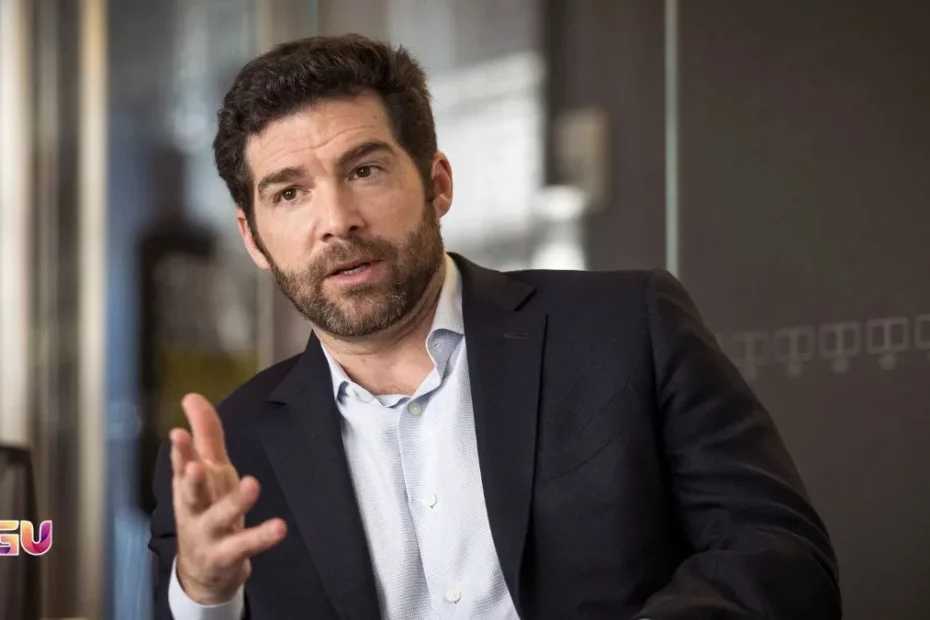Ryan Roslansky: In a significant move to unify its productivity and AI strategy, Microsoft has expanded the role of LinkedIn CEO Ryan Roslansky to include oversight of the company’s flagship Office products and the rapidly evolving AI-powered Copilot platform.
Roslansky, who has led LinkedIn since 2020, will now serve as Executive Vice President of Office while retaining his LinkedIn CEO duties. He will report to Rajesh Jha, Microsoft’s Executive Vice President of Experiences and Devices, who also oversees Microsoft Teams and Windows. Microsoft CEO Satya Nadella announced the leadership changes in an internal memo to employees this week.
The expanded role signals Microsoft’s ambition to bring closer alignment between its workplace productivity tools and AI innovations. Under Roslansky’s new portfolio are core Microsoft 365 applications such as Word, Excel, PowerPoint, and Outlook, as well as Copilot, the AI assistant that integrates across Microsoft 365 to automate tasks and boost productivity.
“Office is one of the most iconic product suites in history,” Roslansky said in a LinkedIn post. “Both Office and LinkedIn are used daily by professionals globally, and I’m looking forward to redefining ourselves in this new world where productivity, connection, and AI converge at scale.”
As part of the reshuffle, Charles Lamanna, who previously led Copilot for business and industry users, will now report to Jha. Other key executives, including Sumit Chauhan and Gaurav Sareen, will also shift to Jha’s organization.
The leadership overhaul follows Microsoft’s strong financial performance. Its Productivity and Business Processes segment—which includes Microsoft 365 and LinkedIn—delivered over $17 billion in revenue in the past year, with operating margins topping 58% in the latest quarter.
At the same time, Microsoft is extending its global influence through security and AI initiatives. The company announced a free cybersecurity program for European governments this week, aiming to combat rising threats from state-backed actors. Microsoft President Brad Smith emphasized the need for defensive AI tools to outpace offensive uses by malicious actors.
With Roslansky now leading both a professional network and the productivity tools powering modern work, Microsoft appears poised to further integrate AI, collaboration, and enterprise solutions under a unified strategy.
